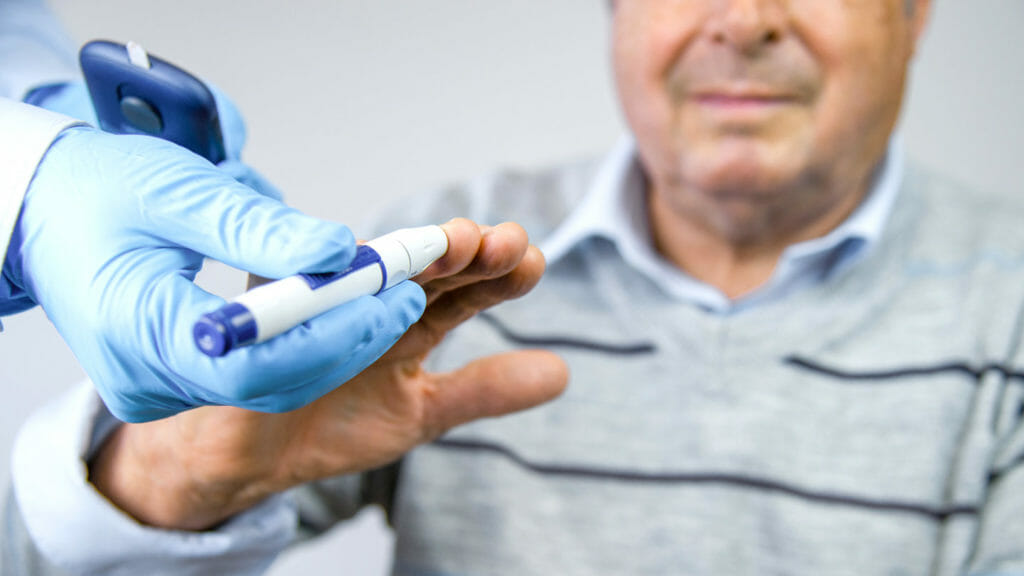

An overwhelming 93% of healthcare providers who handle cardiac rehabilitation are now using remote monitoring technology, one study shows.
With remote patient monitoring proving to be an effective way of mitigating health emergencies, a majority of Americans living with diabetes — 16 million of whom are older adults — also would prefer more quantitative measures for glucose levels and other health metrics, a survey released this week indicates.
A remote monitoring device conceivably would help those living with diabetes keep regular, more accurate data for themselves and their clinicians. The survey was conducted by device manufacturer SmartMeter.
The data on monitoring from heart failure also was released this week, courtesy of digital health tech company Vivalink.
Approximately one fourth of older adults discharged from hospitals after heart failure end up in skilled nursing facilities, and that group includes patients who are either older or have more serious heart conditions than those allowed to live at home, according to the American Heart Association.
Not only are heart disease and diabetes major concerns among older adults, but the two health issues are intertwined: The longer someone has diabetes, the more likely they are to have heart issues, and those with diabetes are twice as likely to experience heart failure or even stroke than those without, the Centers for Disease Control and Prevention warns.
“These insights highlight the indispensable role of RPM technologies in transforming the landscape of cardiac rehabilitation,” Jiang Li, CEO of Vivalink, said in a statement. “By revolutionizing the way we approach patient care, this industry shift is poised to improve patient outcomes while reducing the strain on healthcare systems and fostering a more sustainable and patient-centric approach to cardiac health.”
The finding that so many clinicians, or senior living and care operators, are engaging in remote monitoring for cardiac issues clashes somewhat with a report from earlier this year that patients themselves don’t use wearables or personal monitoring tech to the extent they should.


